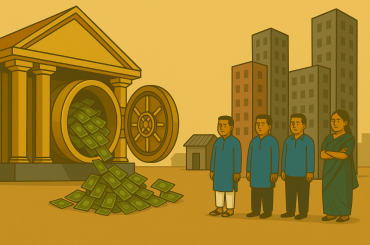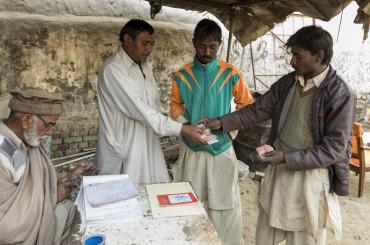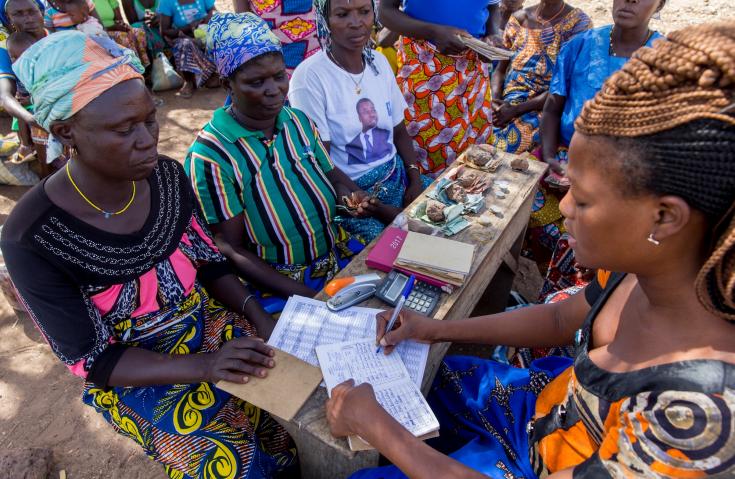
loans
-
Microfinance: Issue 3
-

How interest rate caps increased the provision of credit to firms in Bangladesh
A cap on corporate loan interest rates in Bangladesh led to an increase in lending–without rationing credit to riskier borrowers–indicating banks have substantial upfront market power. What are the implications for interest rate regulation in develop...
-

Slowing down digital loans to speed up repayment: Evidence from Mexico
While digital credit broadens market access and reduces frictions in developing countries, default rates are often high. In Mexico, reducing loan speed—by doubling delivery time—decreased the likelihood of default significantly. Such waiting periods ...
-

The impacts of flexible repayment schedules: Evidence from borrowers and lenders in India
Offering loans with flexible repayment schedules can improve outcomes for vulnerable borrowers while also reducing the risks faced by lending institutions
-

Seasonal liquidity, rural labour markets, and agricultural production
Loans allowed low-income households to reallocate labour away from the market and back onto their own farms, and thereby improve their own harvests
-

Testing financial innovations: Increasing loan repayment using digital collateral
An experiment in Uganda shows that securing a loan with digital collateral can lead to positive benefits for both borrower and lender
-

Helping graduated borrowers through asset-based microfinance: Evidence from Pakistan
Borrowers who receive loans for a fixed asset run larger businesses and see higher profits, with positive impacts on household consumption
-

Is faster always better? Evidence from Mexico’s digital credit market
Access to fast cash through digital credit may put consumers at risk for over-indebtedness and likelihood of default
-

Bad taste: Gender discrimination in consumer lending
Discrimination in consumer lending seems to come largely from biased male officers; combatting it may require cultural changes at the institutional level
